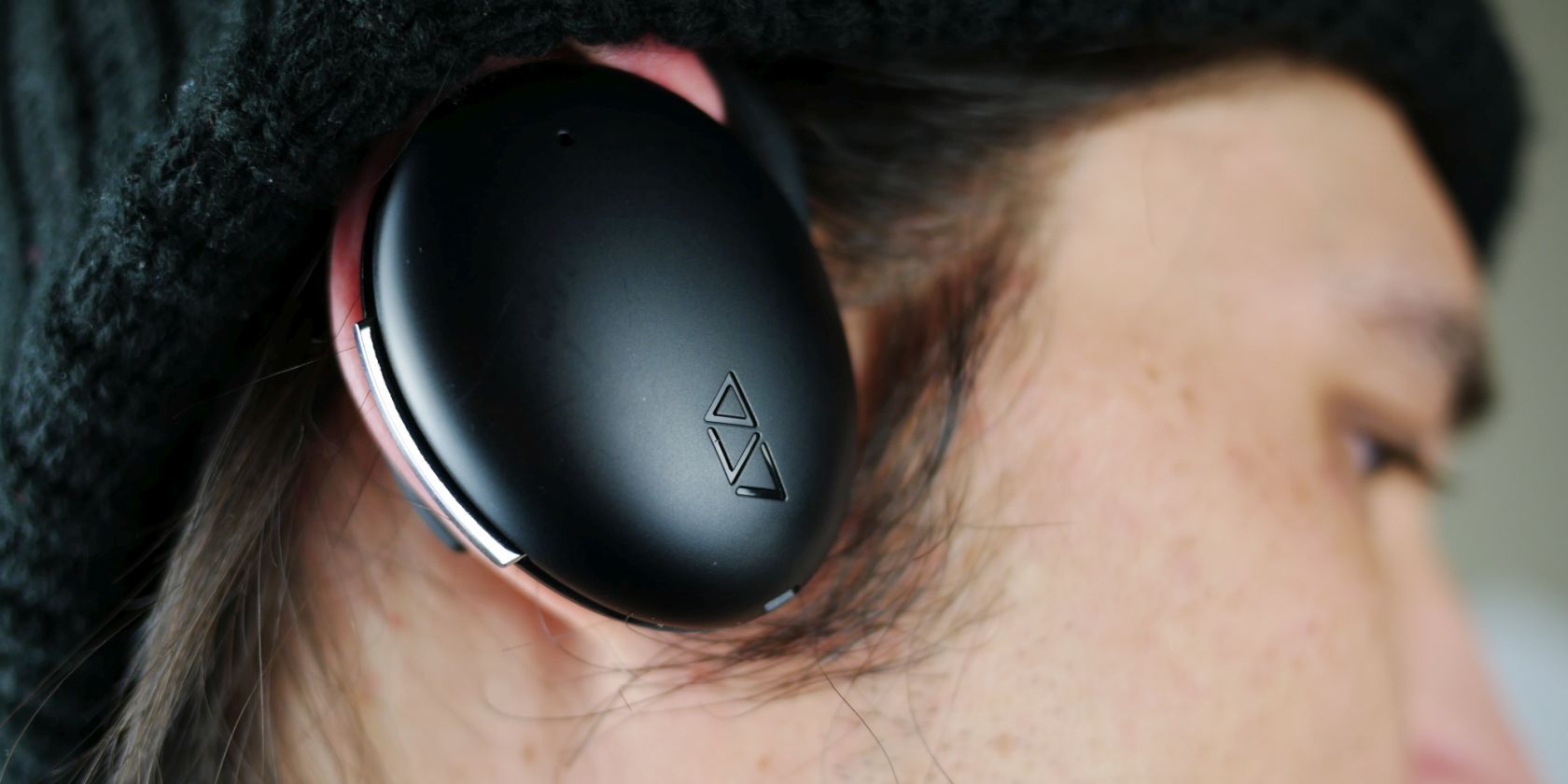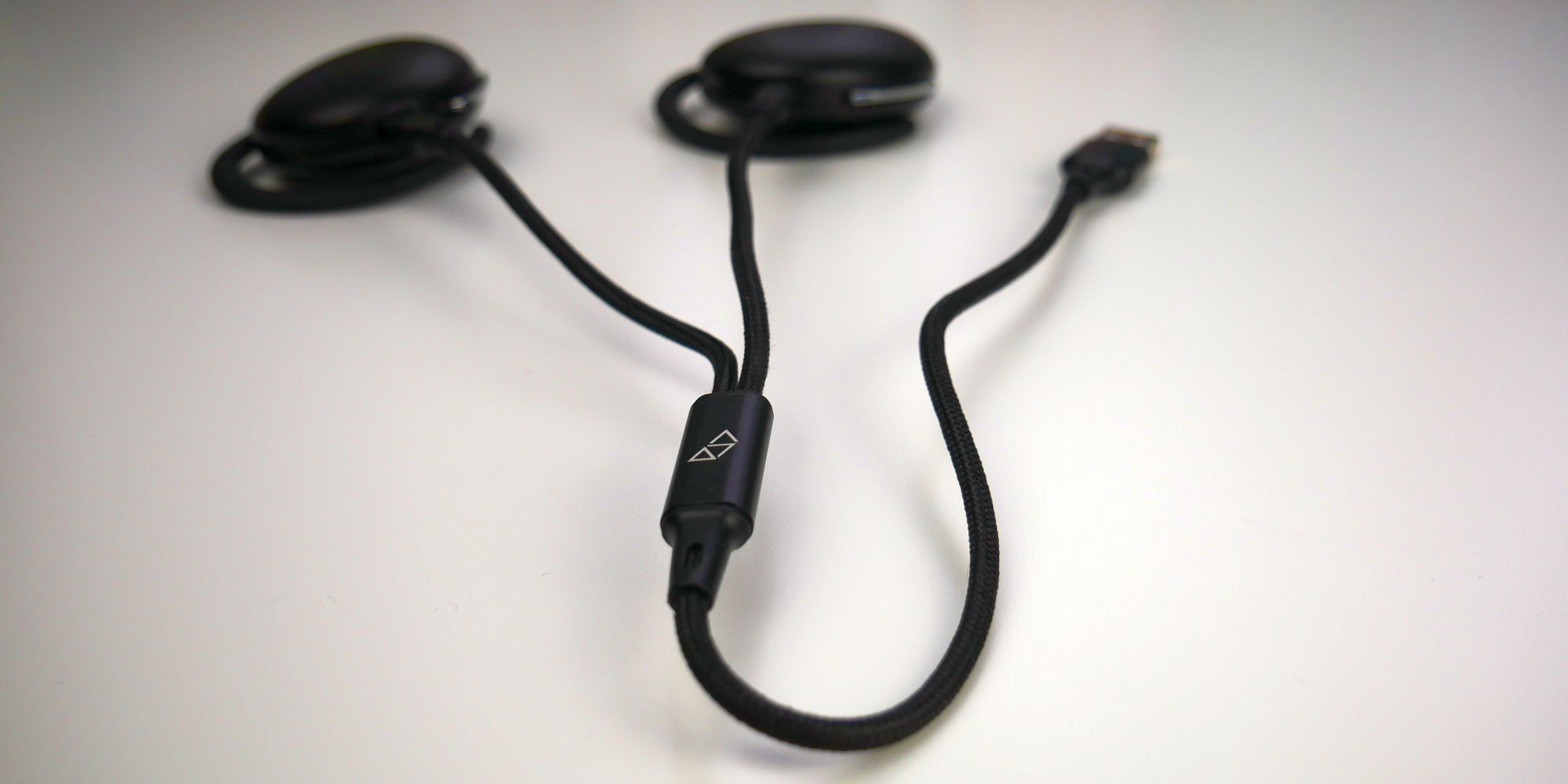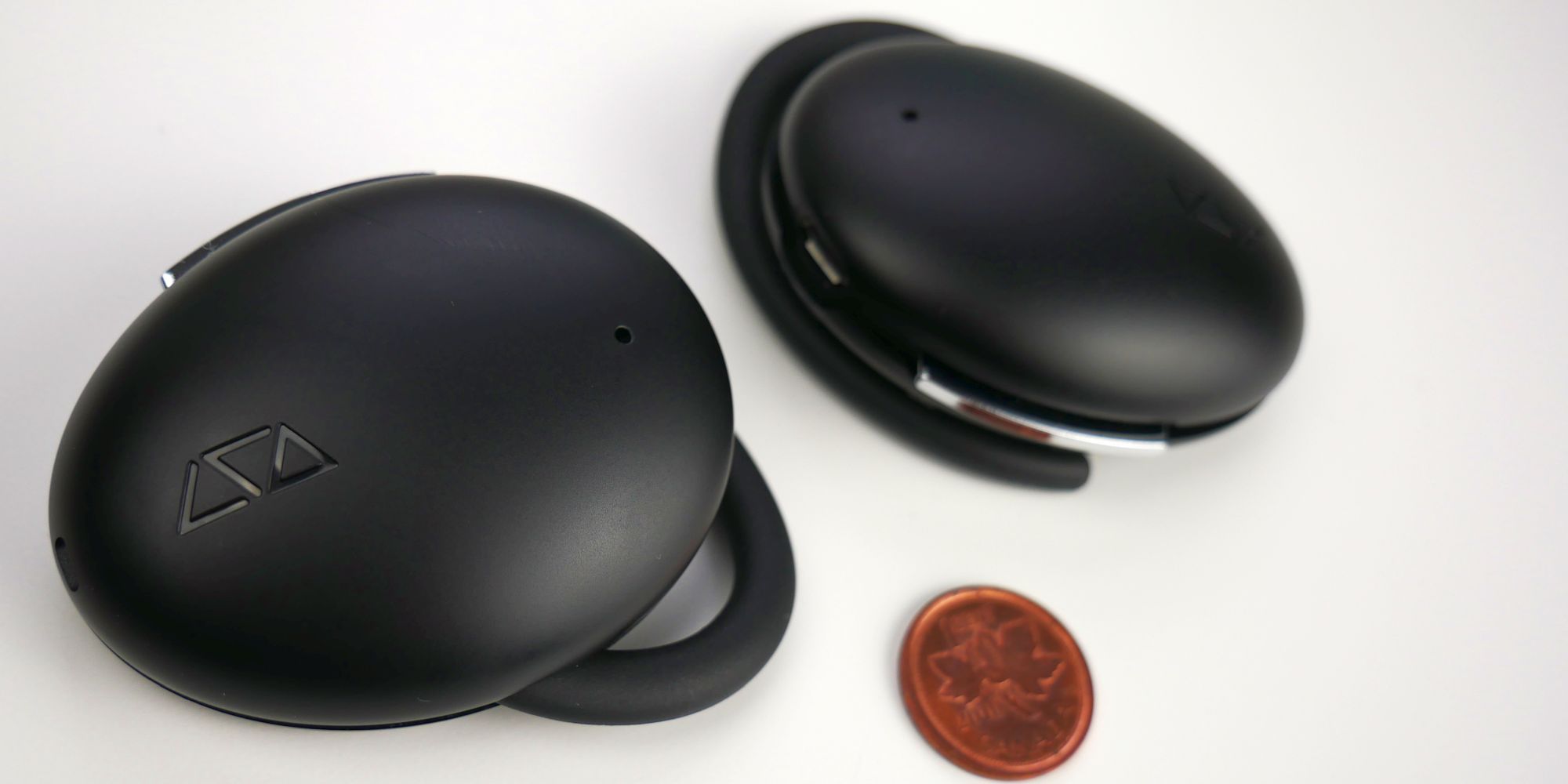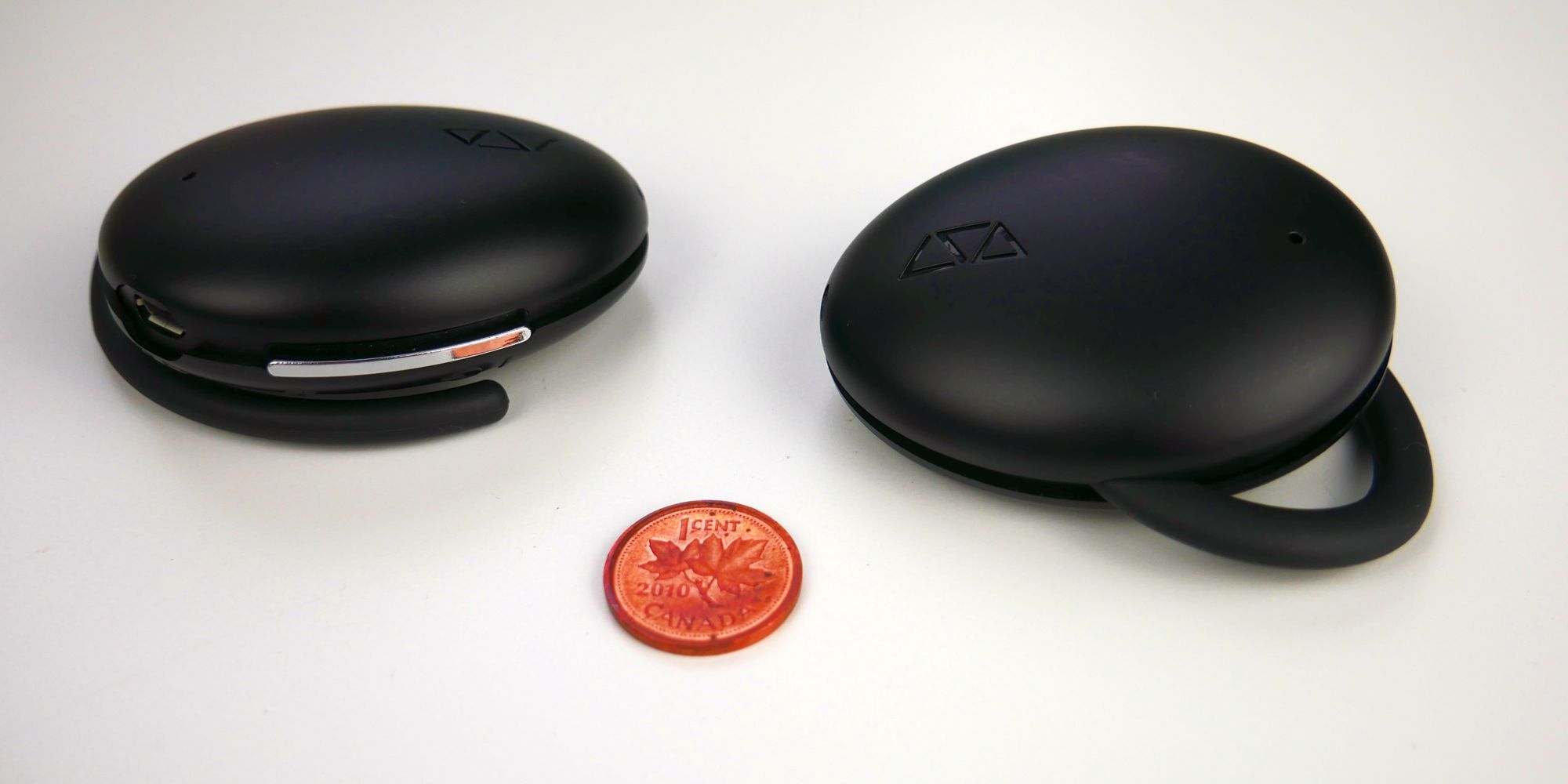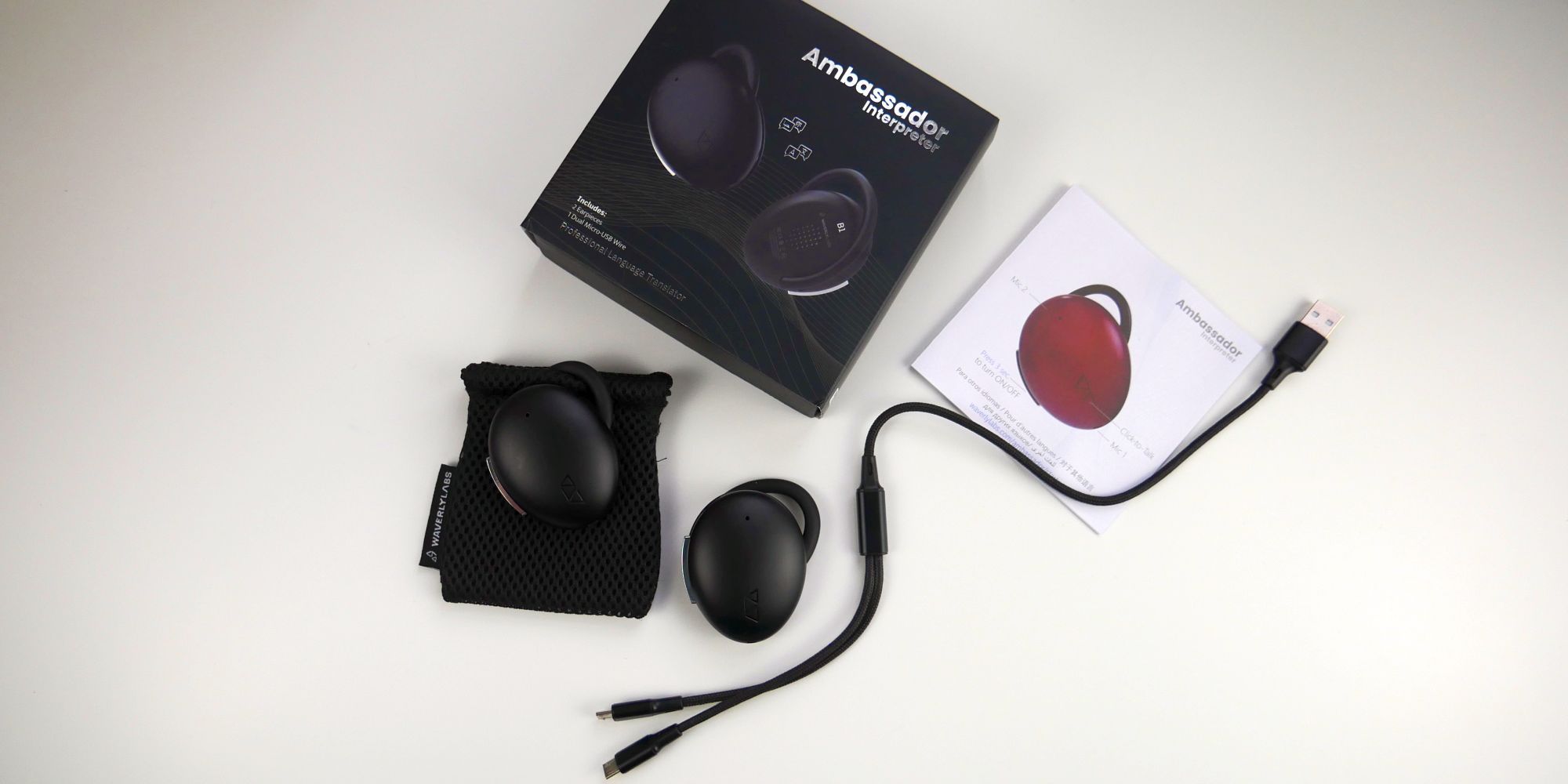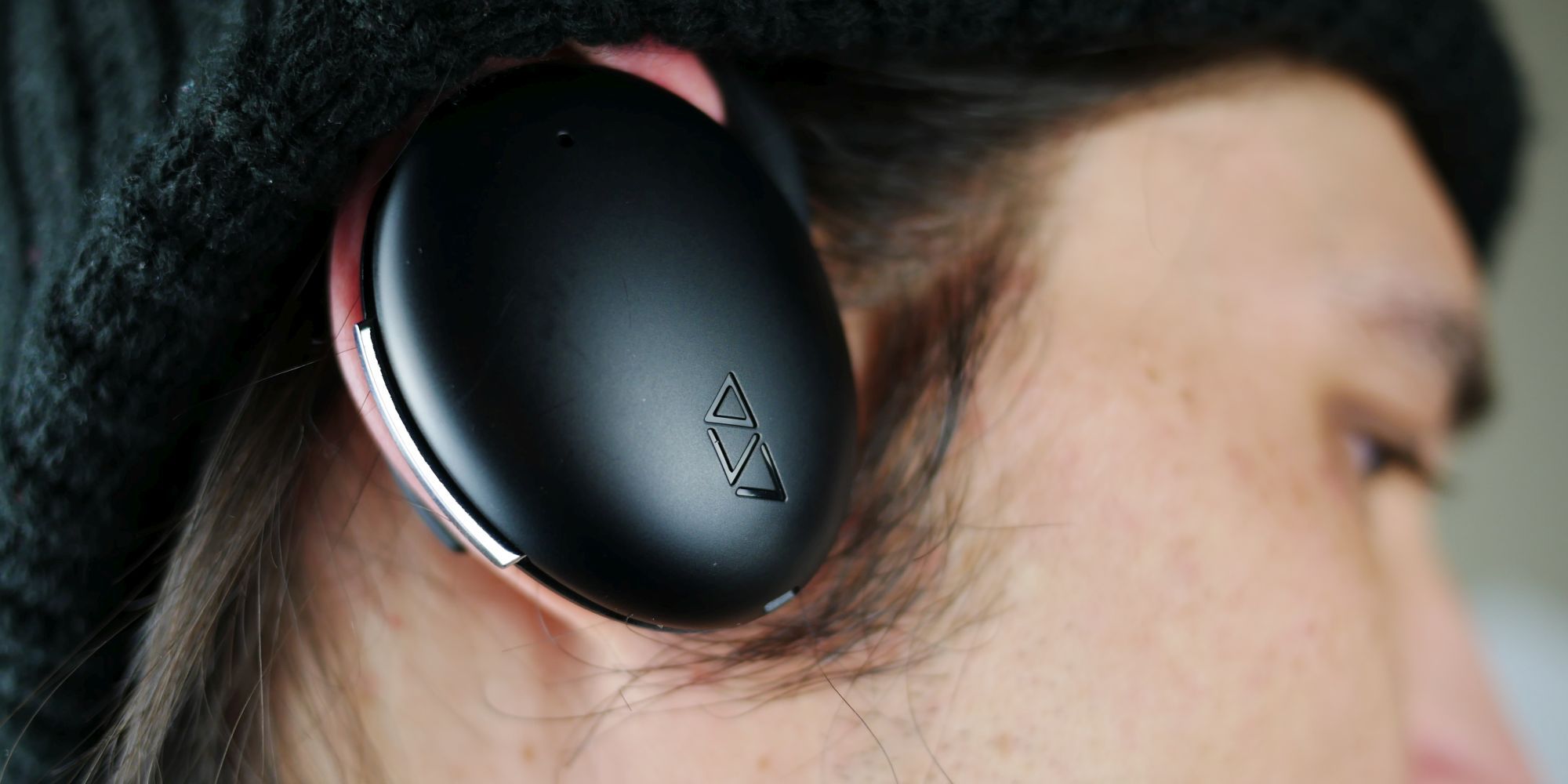We never felt like we could depend on the Ambassador Interpreter for accurate translations. Like other translators, it converts speech to text and then translates the text. Unfortunately, the speech-to-text conversion requires short, formal sentences and clear enunciation, which isn't how we talk naturally. Once you and your conversation partner/s get used to this, however, the tool can offer a good experience. We think the Ambassador Interpreter could come into its own when used for conversation between three or four people, but we could only test it with one other person.
- Three different translation modes: listen, lecture, converse
- Translates between up to four people
- Supports 20 languages
- Brand: Waverly Labs
- Offline support: No
- Connectivity: Bluetooth
- Languages supported: 20, with 48 dialects
- Maximum participants: Four (but only two earpieces included)
- Hygienic design: earpieces cover the ear
- Easy-to-use app
- Can't keep up with normal speech
- Doesn't work with recorded audio
- App could offer more features for repetitive use
- Pricey for what it offers
- Two right-ear earpieces and difficult to wear on the left ear
- Requires an internet connection
If you own a smartphone, you already have access to a universal translator; it's called Google Translate. Most Android phones even come with the app pre-installed. So, do you really need a third-party gadget to help you out with interpreting? It depends.
We've reviewed the Ambassador Interpreter by Waverly Labs to find out what it can do that Google Translate can't.
What's in the Box
This translator tool comes with two earpieces, both for the right ear, a dual micro-USB charging cable, a little carrying pouch, and a minimal user manual. One of the micro-USB outlets doubles as a data cable, but you might never need it since you can update the firmware via Bluetooth.
At first glance, we were not impressed with the Ambassador Interpreter. The plastic earpieces are rather large and since Waverly Labs went with a more hygienic over-ear design, you have this awkward, slightly bendable ear hook sticking out of the unit.
Overall, this didn't feel like a high-end product, but the matte finish, combined with the bar-shaped silver control button, give the units a premium look. More importantly, the units held up fine during our review.
Ambassador Interpreter Specs
- Colors: black or wine red
- Form Factor: over-ear with ear book
- Connectivity: Bluetooth, micro-USB
- Battery Life: up to six hours
- Microphones: two per unit
- Range: up to 8 feet (2.5 m)
-
Languages: 20, including 42 dialects
- English, French, German, Dutch, Italian, Portuguese, Spanish, Greek, Polish, Russian, Hebrew, Turkish, Arabic, Hindi, Chinese Mandarin, Japanese, Korean, Cantonese, Thai, and Vietnamese
-
Operation:
- requires iOS or Android app
- connect up to four units to a single phone
- run using continuous or push-to-talk mode
- use in listen, lecture, or converse translation mode
How to Set Up the Ambassador Interpreter
Be sure to charge your Ambassadors before putting them to work. While your units are charging, install the mobile app [Android | iOS].
When you're all set, turn your first unit on by pressing and holding the on/off end of the longish silver button for three seconds.
Next, launch the app, tap Pair Your First Ambassador, let it access Bluetooth, and select the unit you turned on. In the final step, you can give the unit a name, choose your primary language and gender, then tap Save.
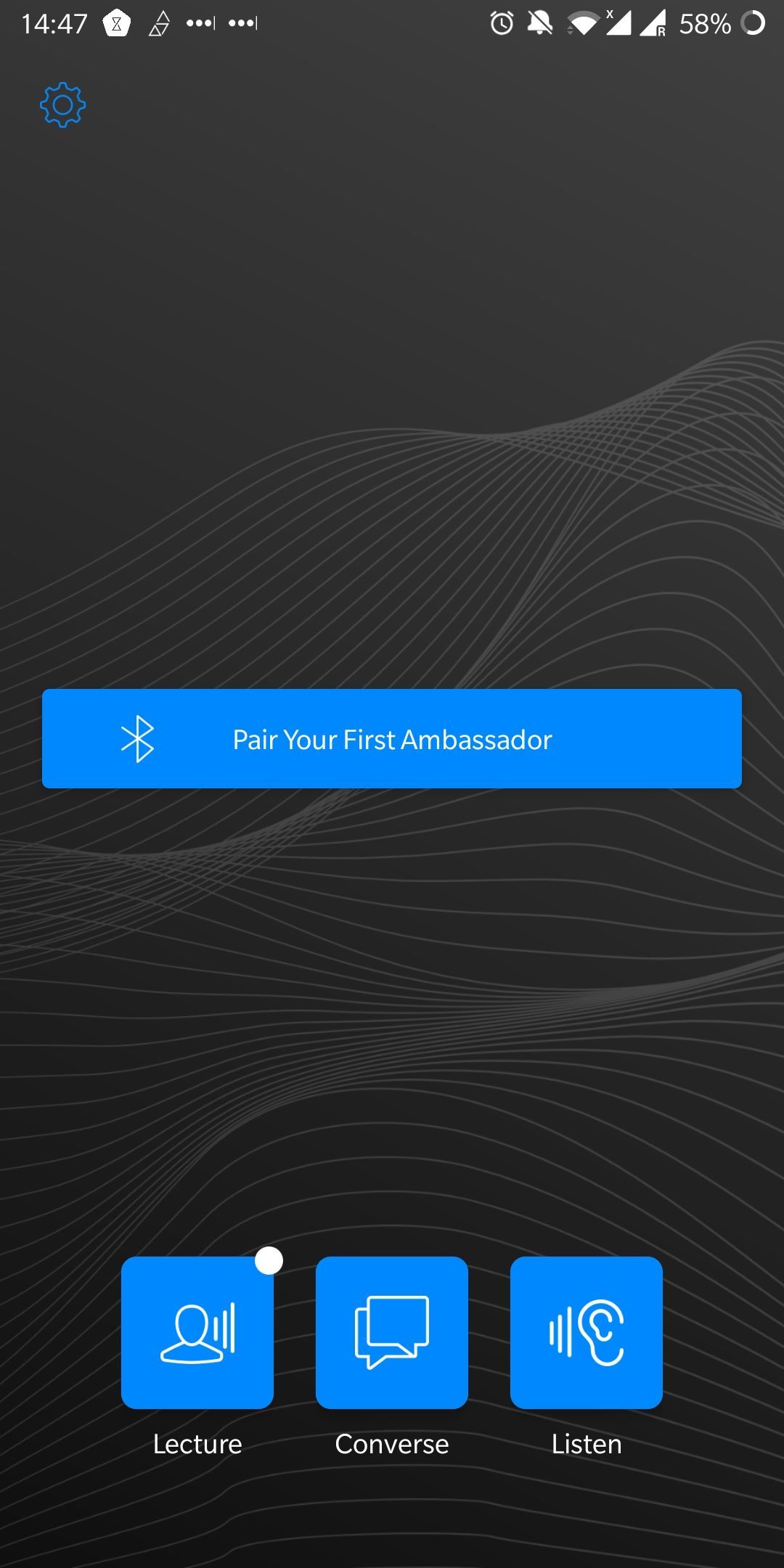
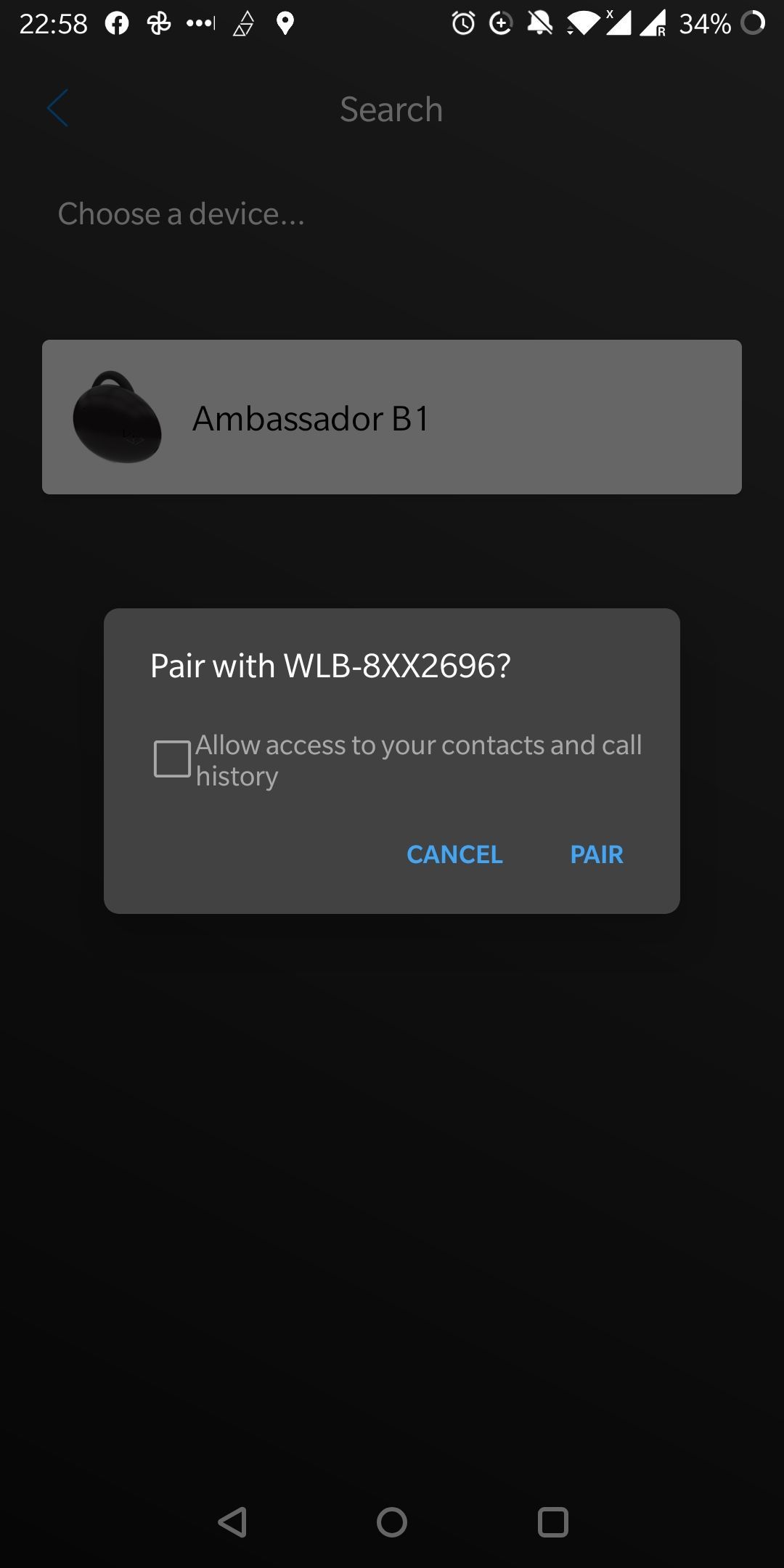
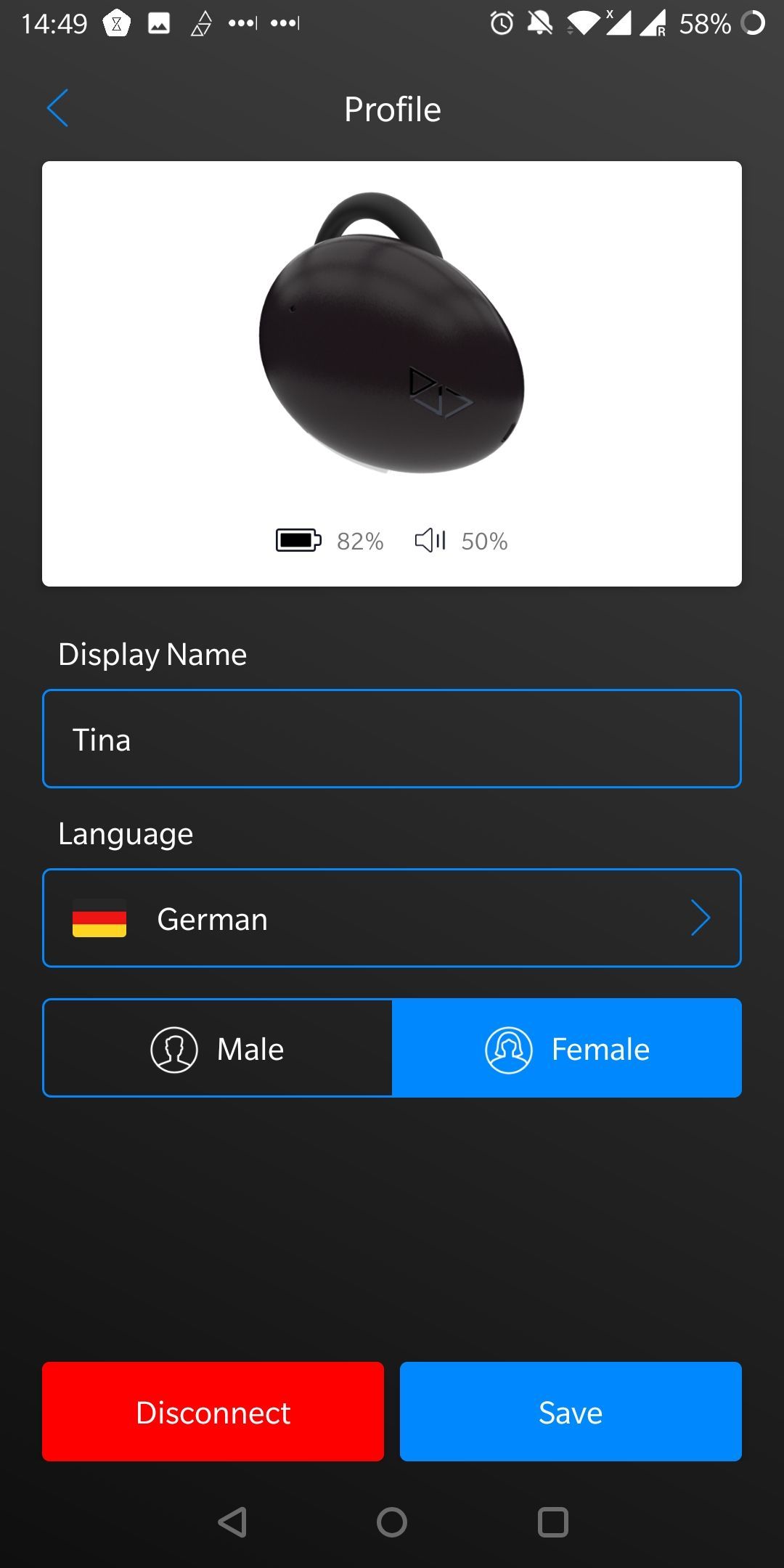
To pair another unit, turn it on, tap Add Ambassador device, and follow the steps above. You can add up to four units total per phone.
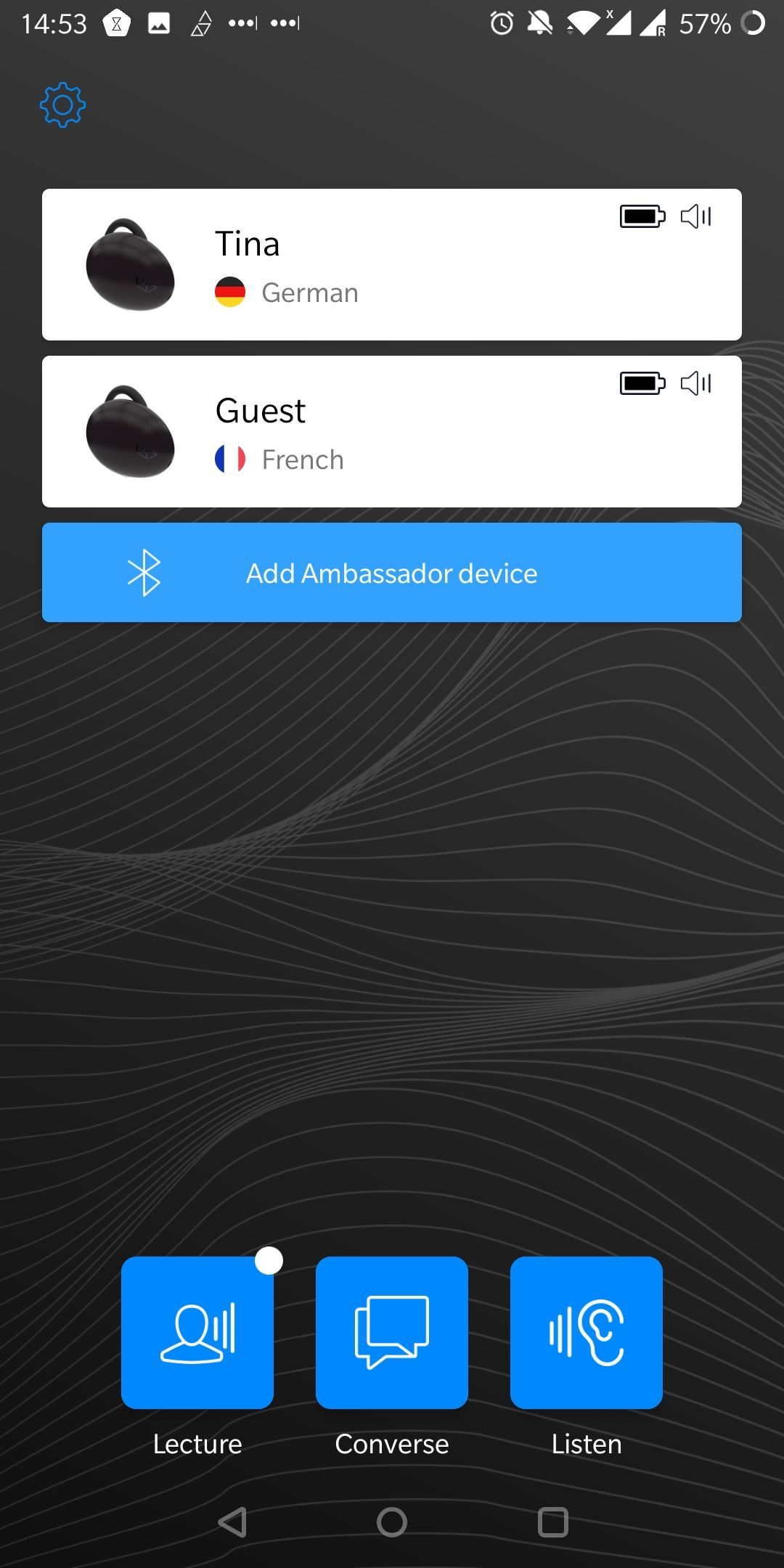
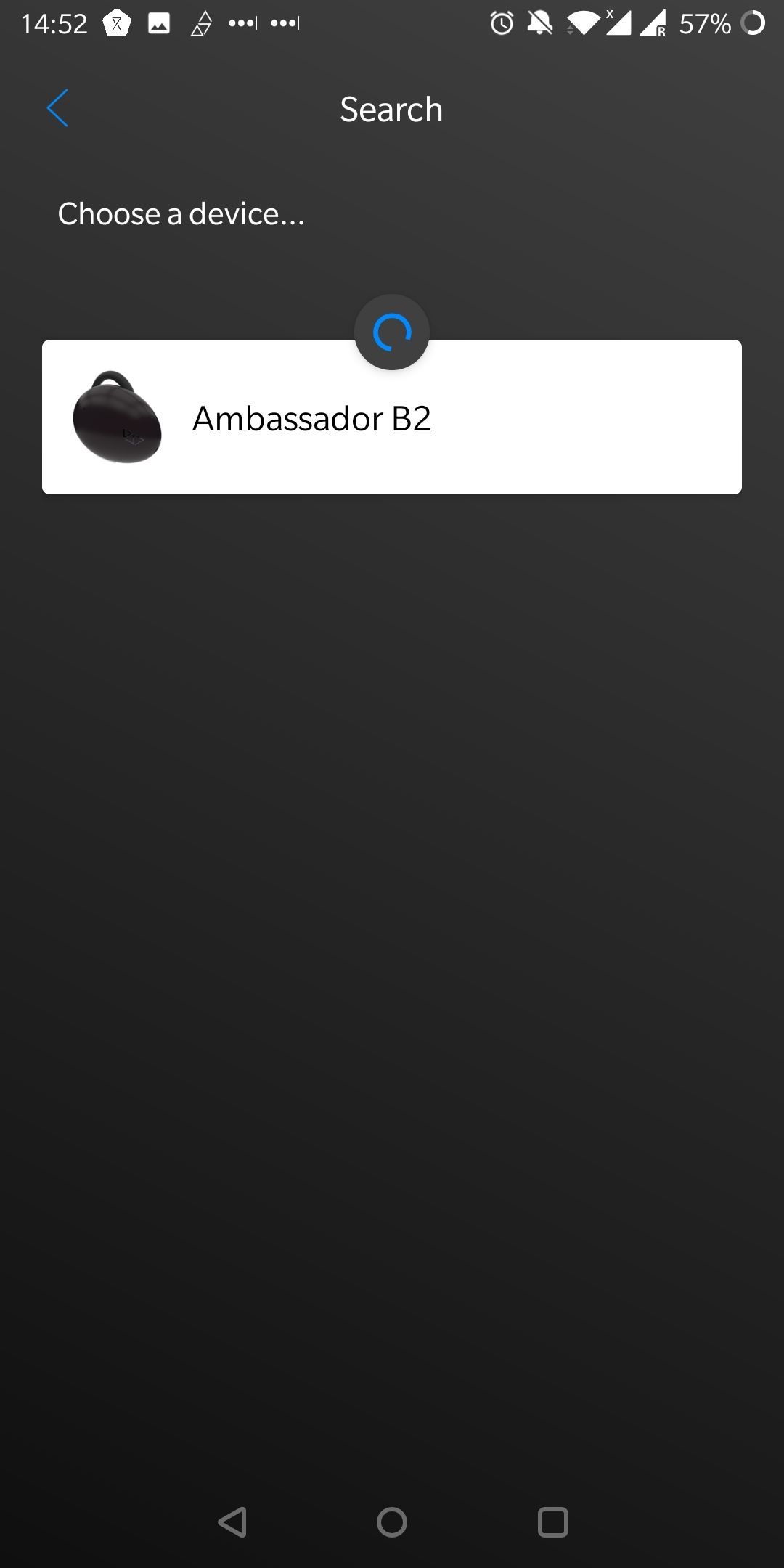
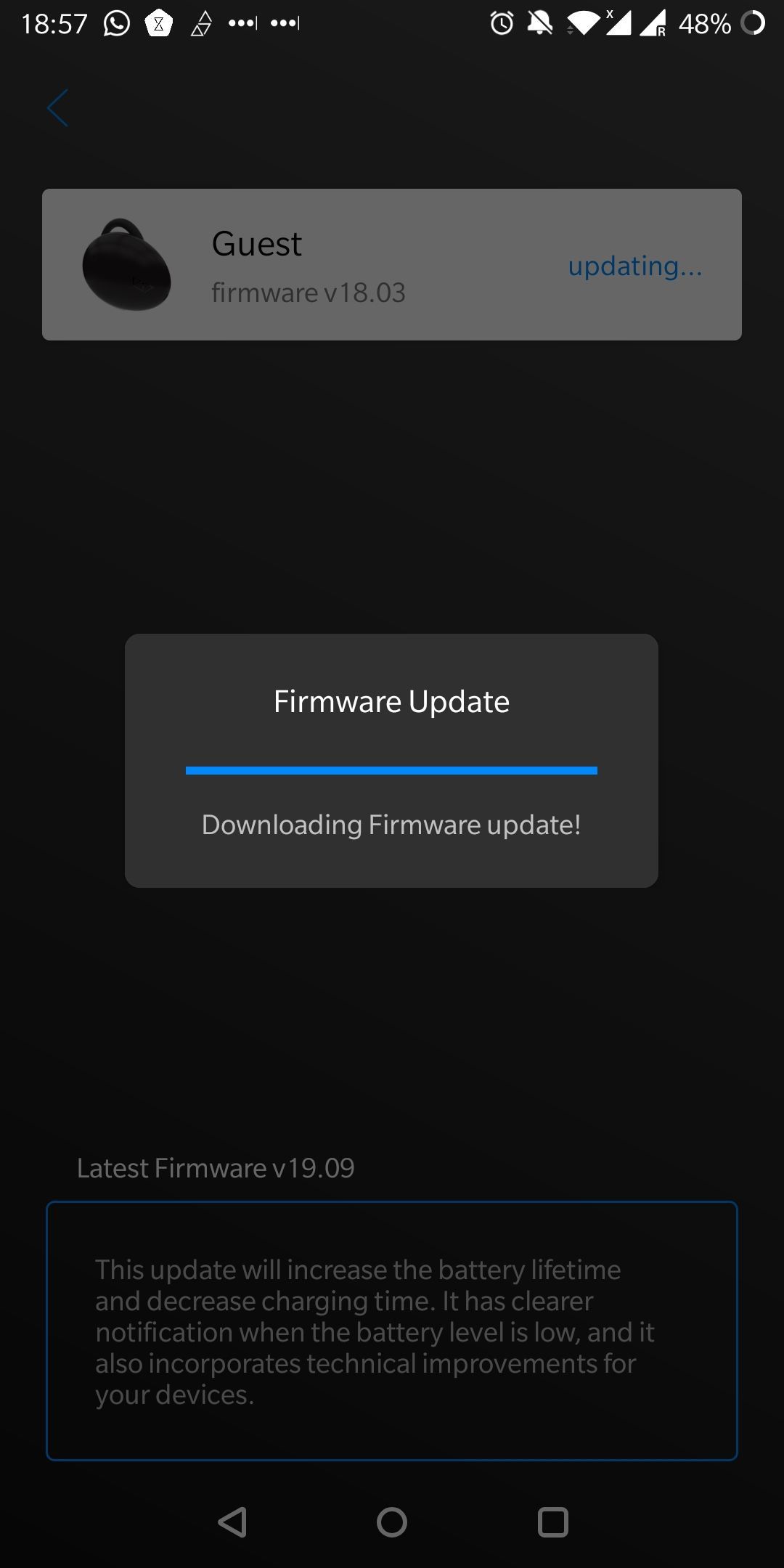
Be sure to check under Settings > Firmware Update whether your earpieces are up-to-date.
How to Use the Ambassador Interpreter
Connect at least one unit to your phone, and, if you'll be conversing with someone else, connect and pass them their unit. Remember to adjust their language and gender, so the Ambassador Interpreter knows what to listen for. When you put the device on, be sure to point the microphone toward your mouth.
You can choose from three different translation modes: lecture, converse, or listen.
- Lecture: Use this mode when speaking to an audience. Your Ambassador earpiece will capture what you're saying, then the app will translate and broadcast it via your phone's speaker. We've demonstrated this mode in our review video.
- Converse: This mode lets two, three, or four people speak with each other, while the app broadcasts the translations to each of the connected Ambassador Interpreter units.
- Listen: In this mode, you can use a single unit to listen to translations of someone else speaking in a foreign language.
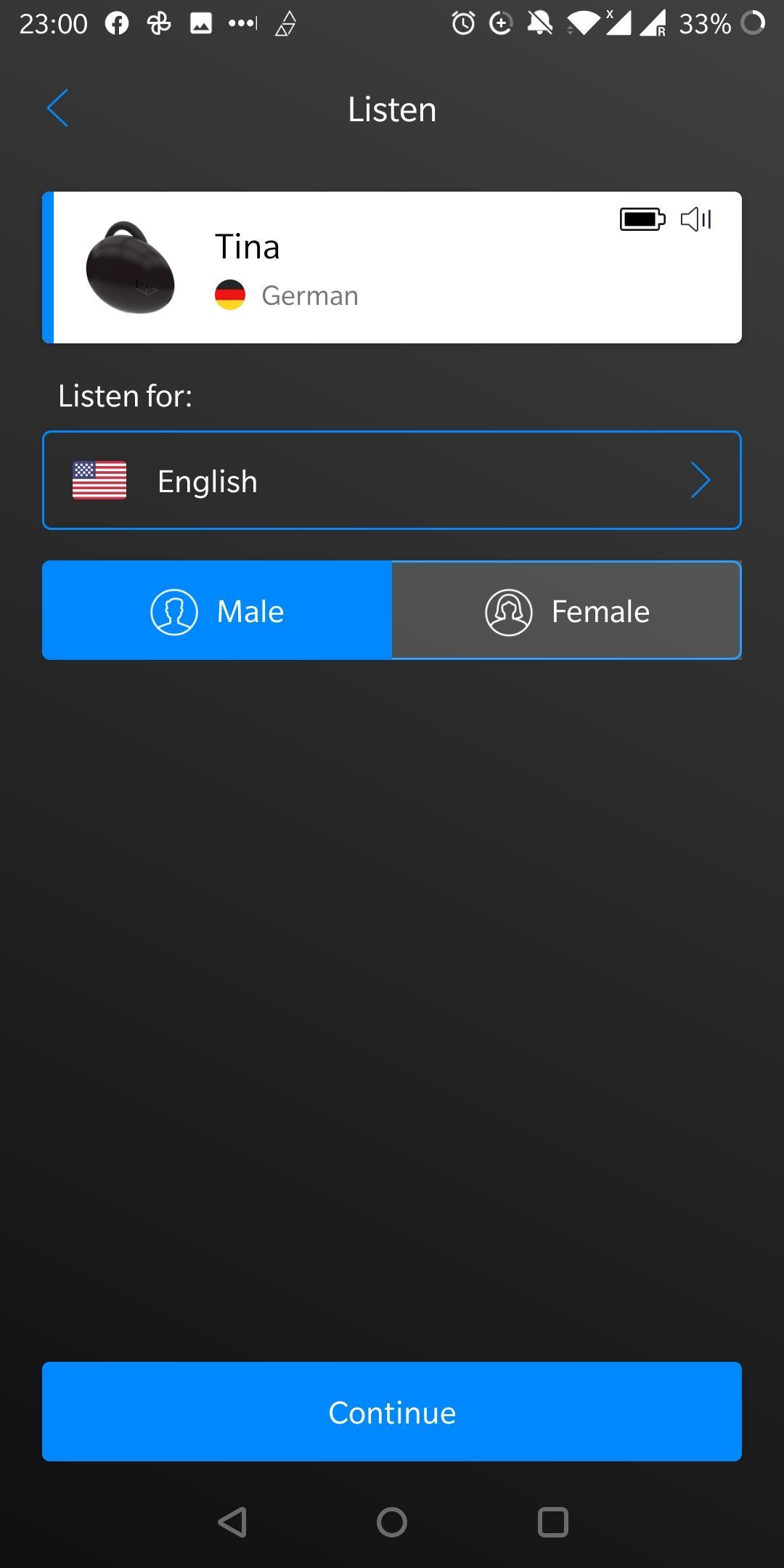
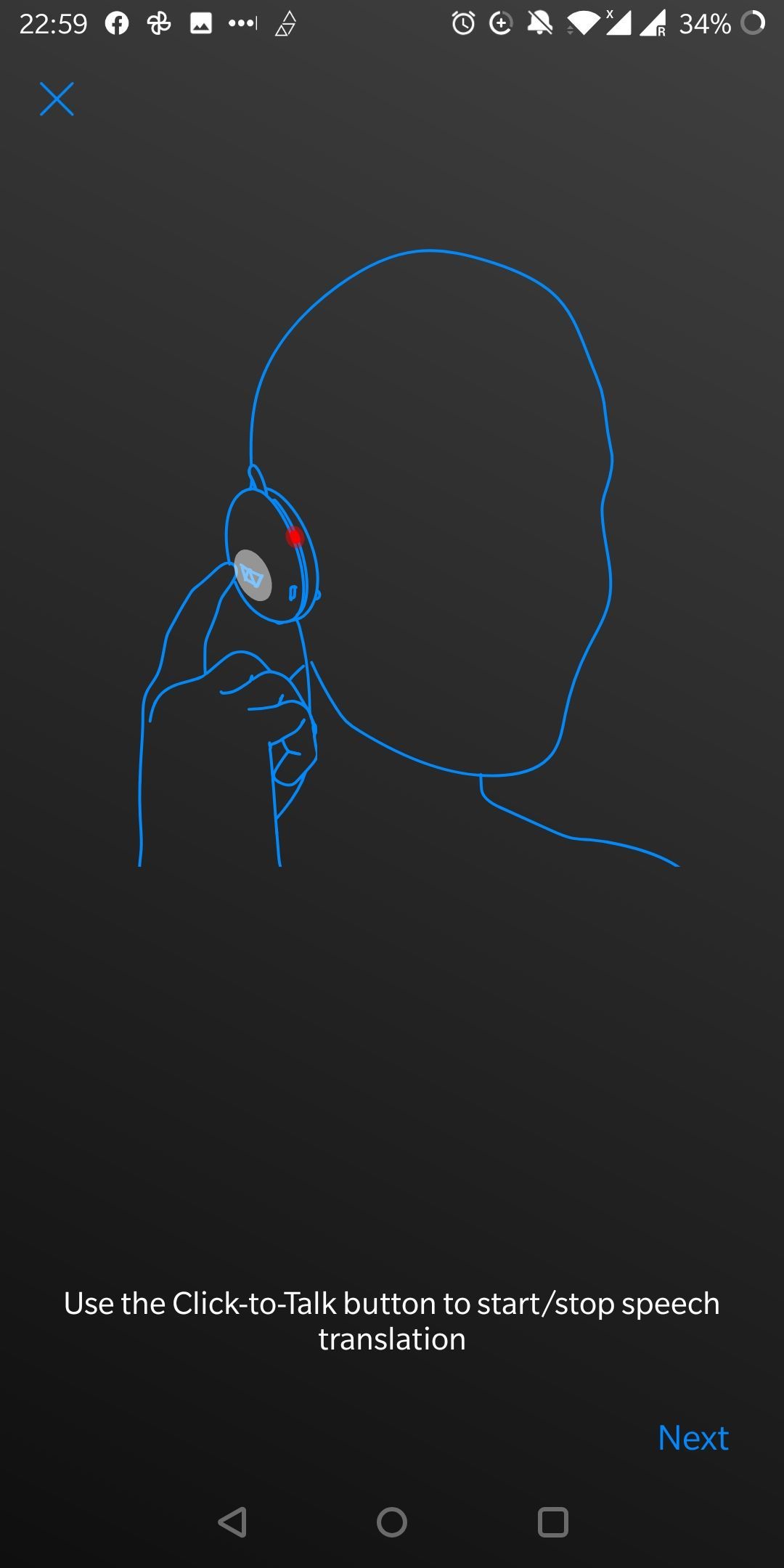
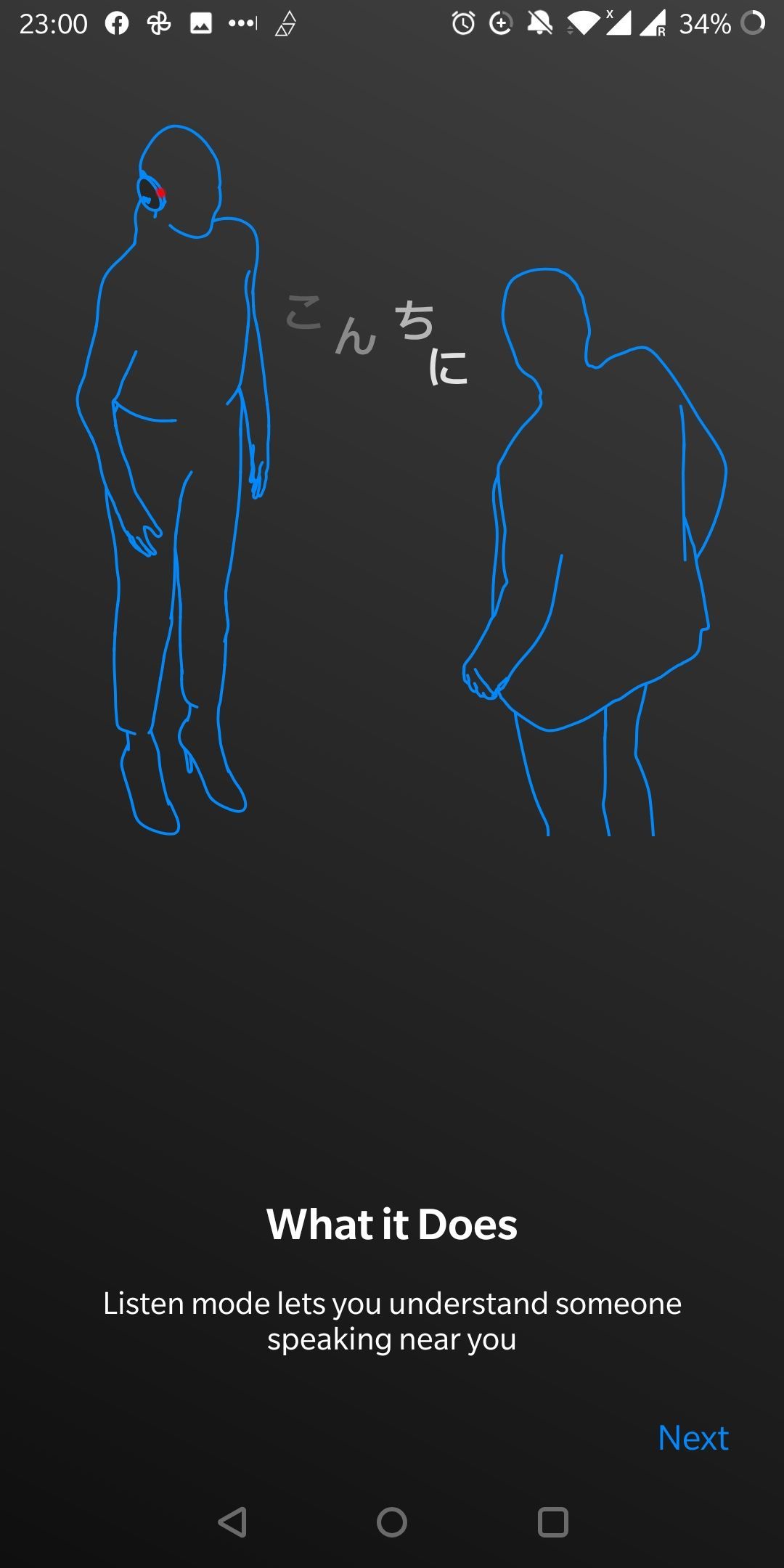
Pressing the earpiece triggers the Ambassador Interpreter to listen. As it's recording and interpreting, you will hear spoken translations on your earpiece (in converse and listen mode) or through your phone's speaker (in lecture mode). In all three modes, the Ambassador Interpreter app uses speech-to-text, meaning you can also read along on your phone, making this a more comprehensive and inclusive experience. When you press the earpiece again, it will pause.
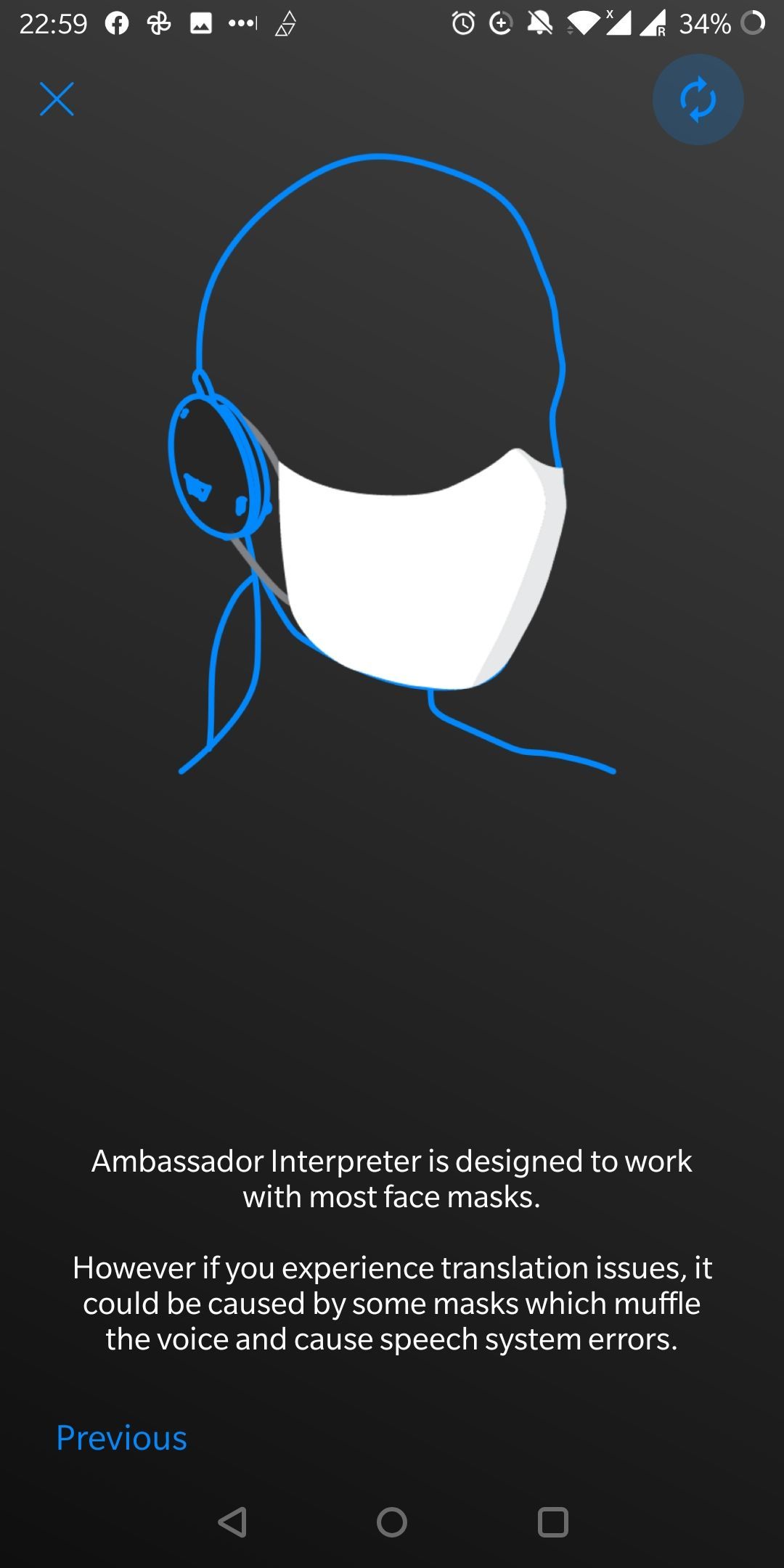
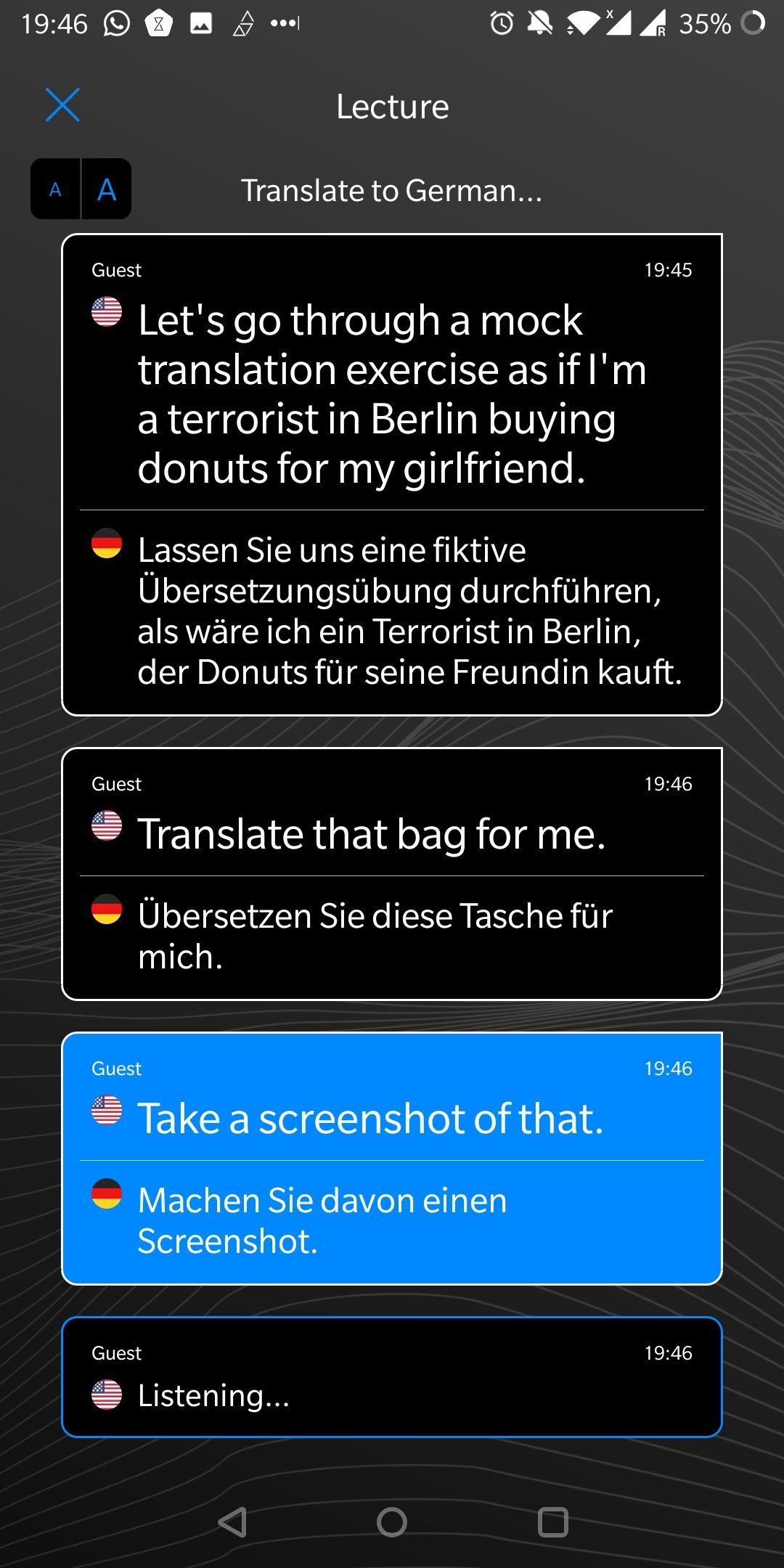
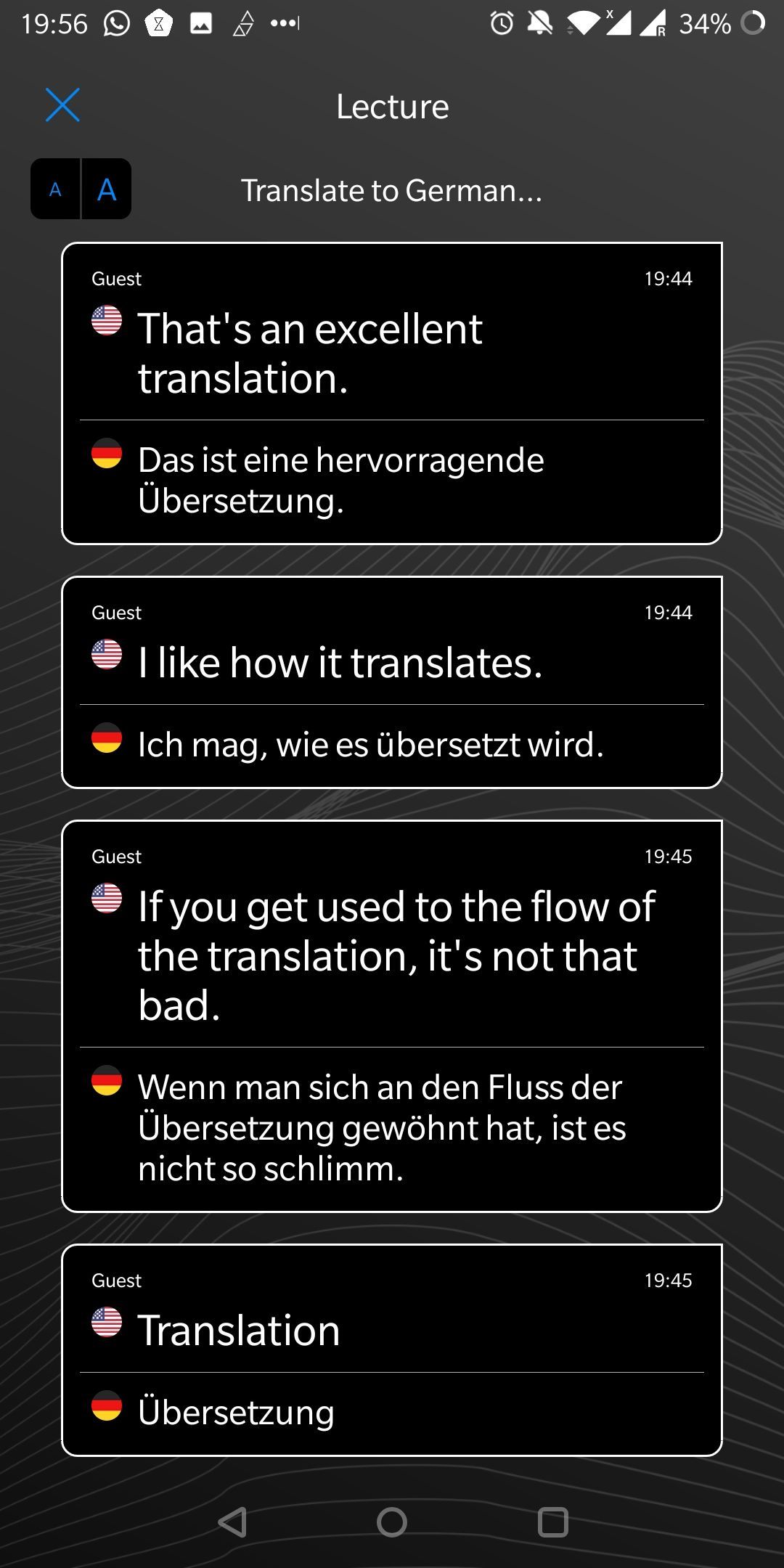
Note: In the example above, the native English speaker actually said "tourist" and "Döner" (aka donair, a Turkish sandwich), not "terrorist" or "donut."
Does This Interpreter Work?
"Jein." That's German for "yes and no" and, predictably, a word this translator won't translate correctly. If you're using this tool unprepared or with high expectations, you'll be disappointed.
The Ambassador Interpreter works well if you provide it with easy-to-translate material. That means short, formal sentences, clearly enunciated, and spoken slowly in a quiet environment. Deviate from these guidelines, and the translator will struggle to hear you, it will misunderstand what you're saying, or it won't be able to capture everything you say.
What Can't It Do?
The Ambassador claims to speak 20 languages. We don't speak anywhere near that many, so we thought we'd test languages we don't speak using Zoom calls and YouTube videos. That was the first thing that didn't work.
Translating from audio speakers: The translator struggles to capture words coming out of a (non-human) speaker. In our tests, it did catch the occasional word, but even when we picked language-only news clips, slowed down the speed, and paused between sentences, it rarely caught entire sentences.
Listening to multiple people: During setup, you have to specify the language and gender of the person you'll be listening to. If you want to listen to more than one person, e.g. a man and a woman or two people speaking different languages, you're out of luck. If you can't use the converse mode instead, you have to choose one or the other (language or gender) or try to change settings on the fly.
Translating ad-libbed speech: When we tried the tool in lecture mode, we quickly learned that we couldn't ad-lib. When you don't have a script, you're more likely to form longer sentences, you'll use colloquial language, you might not always enunciate clearly, and you'll make short pauses or re-iterate a thought, all things that a non-human translator won't be able to interpret.
Ignoring itself: Since speaking freely didn't work too well, we tested the Ambassador's listen mode by reading a few simple sentences out loud. In listen mode, the translation is fed into the earpiece. At one point, the app was caught in a loop, repeating the phrase "YouTube video" over and over again. Apparently, the Ambassador Interpreter kept hearing itself saying the phrase, translated it back to itself, heard itself again, and kept going a couple more time. We've demonstrated this in our YouTube video.
Translate without the internet: Presently, the Ambassador Interpreter requires an internet connection to function at all.
Holding the charge: One of the earpieces had a much shorter battery life than the other, even though it was the lesser used of the two. We're not aware of having done anything to wreck the battery. This may be a one-off issue.
What Does Work?
What worked best was the Converse mode. To make the Ambassador listen and translate, speakers have to press the earpiece before they speak. It forces the speaker to concentrate and, when the app didn't understand them, it will ask them to repeat what they said, which will remind them to speak clearly and with intention.
If you didn't catch a translation right away, you can tap the respective text piece in the app to make the Ambassador Interpreter replay the audio clip.
Both the lecture and listen modes work well when speakers form short sentences and wait for the translation to complete before starting the next sentence.
While we did see a few odd misunderstandings or translations, the app occasionally surprised us with excellent interpretations. Translating food into "Futter" (German for "animal food"), was an odd one. But interpreting "talking into your ear" as "Dir ins Ohr flüstern" ("whispering into your ear") highlighted the tool's contextual understanding.
How Does the Ambassador Interpreter Compare to Google Translate?
If you have a smartphone, you already have a device that can handle translations. Just load Google Translate [Android | iOS] onto your phone and try it out. You won't get better results than with the Ambassador Interpreter, but you'll have access to way more features.
Unlike the Ambassador Interpreter, Google's Translate app can work offline; you just have to download whichever languages you'll need. It offers a conversation mode, and it doesn't require earpieces. The biggest difference is that all translations are broadcast via your phone's speaker.
Here are a few Google Translate features lacking from the Ambassador Interpreter:
- You can translate written text using your phone's camera.
- In the Conversation mode, Translate can auto-detect up to two languages.
- In Transcribe mode, the app can capture spoken audio and then translate and transcribe it to text on-the-fly.
- You can star (save) phrases for future use.
- Translate supports many more languages.
- You can download languages, meaning it works offline.
When you want to translate conversations with more than two languages, however, you have to manually switch languages. With the Ambassador Interpreter, you can use up to four earpieces at the same time and thus get interpretations for up to four languages.
Our Ambassador Interpreter Verdict
We're not impressed. While the Ambassador Interpreter was easy to use, we never felt like we could depend on it for accurate translations.
You have to understand that the tool doesn't actually translate speech; it translates text. In our tests, the Ambassador Interpreter reliably misunderstood native speakers. And because the speech-to-text functionality kept failing, many translations came out just as poorly.
What's more, the earpiece feels awkward. Frankly, in most situations, we'd rather pull out our phone and use Google Translate. We can't think of many situations in which we'd rather use the Interpreter's earpieces.
The Ambassador Interpreter supports up to four speakers and languages at the same time. However, all parties involved have to be extremely disciplined during a conversation. And that makes this tool only mildly less awkward or cumbersome than everyone using an app on their phone for translations.
For occasional translations, such as while traveling, you won't need this translator. Other tools offer similar quality and better features. If you regularly converse with more than one other person and in more than two different languages, however, the Ambassador Interpreter might offer a superior experience.

